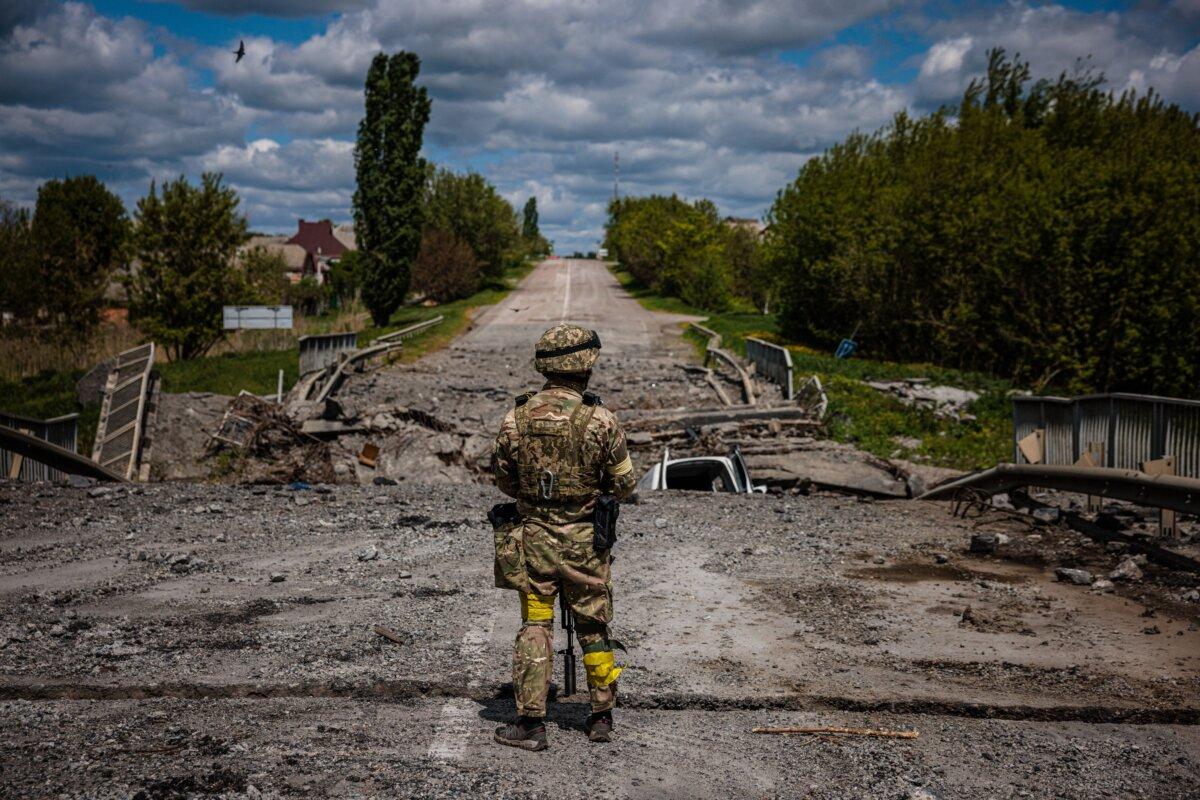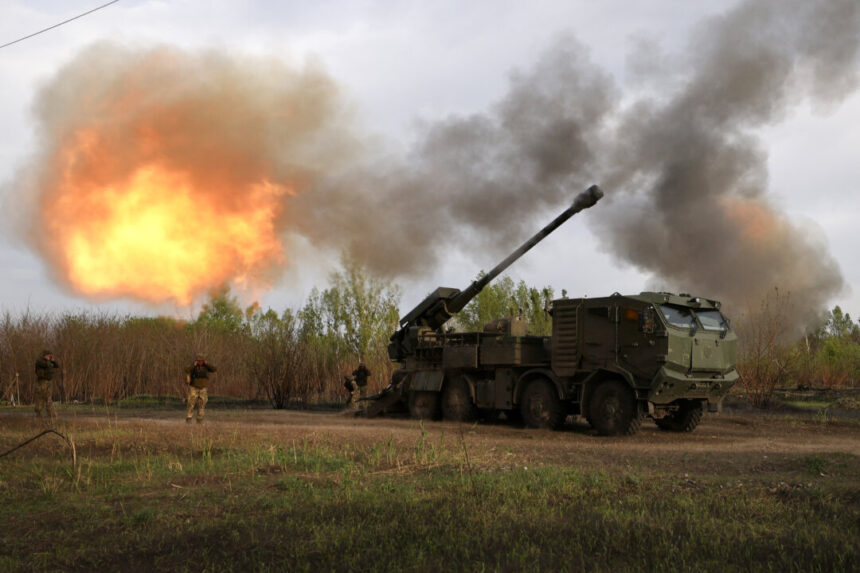Putin’s stance on the use of nuclear weapons has been inconsistent, despite the deputy foreign minister suggesting a lower threshold for their use.
Commentary
Verifying the true extent of military casualties in Russia’s invasion of Ukraine has been challenging. Recent analysis indicates that the Ukrainian Ministry of Defense’s figures are becoming more accurate reflections of the situation.
The statistics show a rise in the daily death toll of Russian soldiers in Ukraine, increasing from an average of 120 deaths per day to between 200 and 250 currently. These numbers only account for fatalities and do not include injuries.
Rising Russian Casualties and Independent Verification
As of July 7, the Ukrainian Ministry of Defense reports total Russian military casualties, including fatalities and injuries, have reached 550,990. This figure is aligning more closely with Western estimates in recent months.
Public sources like obituaries, social media posts, and regional news coverage contribute to updated counts of named Russian military fatalities. Recent estimates suggest around 58,000 Russian soldiers have lost their lives since the war began in February 2022.
Independent assessments by organizations estimate that by the end of June 2024, approximately 120,000 Russian soldiers had died, with warnings that the actual number could be higher.
Reports show a significant increase in Russian losses in recent months, with the daily death toll nearly doubling from previous figures. Both Kyiv and Moscow have not officially released comprehensive casualty figures, but independent assessments suggest that Russian casualties exceed those of Ukraine.

Recent Combat Operations and Strategic Strikes
Recent military actions highlight the ongoing intensity of the conflict. Ukrainian forces executed a drone strike on a Russian ammunition depot in Sergeyevka, Voronezh region, resulting in visible smoke and explosions. Operations in Donetsk and Novo-Luhansk targeted Russian military assets, disrupting their capabilities in the region.
The Ukrainian Air Force has been conducting continuous operations against a Russian command post in the Belgorod region, using precision-guided bombs to degrade Russian capacities. These efforts are seen as effective in countering Russian military operations.
On July 7, Ukrainian forces downed a Russian Su-25 attack aircraft, showcasing ongoing aerial engagements in the conflict. The conflict continues to escalate, with reports of attacks and casualties on both sides.
Despite the challenges in obtaining accurate data, the increasing numbers of casualties and the ongoing military operations emphasize the severity and complexity of the conflict in Ukraine.
Russian authorities have assigned equal blame to the United States and Ukraine for the recent incident, threatening retaliatory action. Amid tensions in the Ukraine conflict, Moscow is considering adjustments to its nuclear weapons doctrine. Russian Deputy Foreign Minister Sergei Ryabkov has proposed a lower threshold for nuclear deployment, suggesting that nuclear arms could be used if Russia perceives threats to its sovereignty and territorial integrity. He criticized the effectiveness of traditional nuclear deterrence in the current conflict, highlighting the need for doctrinal changes to address potential escalations.
However, Russian President Vladimir Putin’s position on nuclear weapon use has been inconsistent. While he has previously stated that nuclear weapons are unnecessary for achieving Russia’s goals, recent tactical nuclear weapons exercises with Belarus indicate a willingness to demonstrate nuclear capabilities. Additionally, at the St. Petersburg International Economic Forum, Putin hinted at possible modifications to Russia’s nuclear doctrine, describing it as adaptable based on global developments.
Dmitri Trenin from Russia’s Foreign and Defense Policy Council supported the idea of preemptive use of nuclear weapons if Russia’s core national interests are threatened to deter Western nations from engaging in conflict. On the other hand, Daryl Kimball, executive director of the Arms Control Association, emphasized the importance of dialogue between Russia and the United States to reduce nuclear risks and reinstate arms control measures. Kimball also warned against the dangers of nuclear miscalculations and urged nations to refrain from threatening nuclear retaliation or engaging in provocative nuclear exercises that could escalate tensions.
The potential use of nuclear weapons by Russia continues to loom over the Ukraine conflict, affecting how the United States and its Western allies provide military support to Ukraine while trying to prevent further escalation. Can you please rephrase this?
Source link







